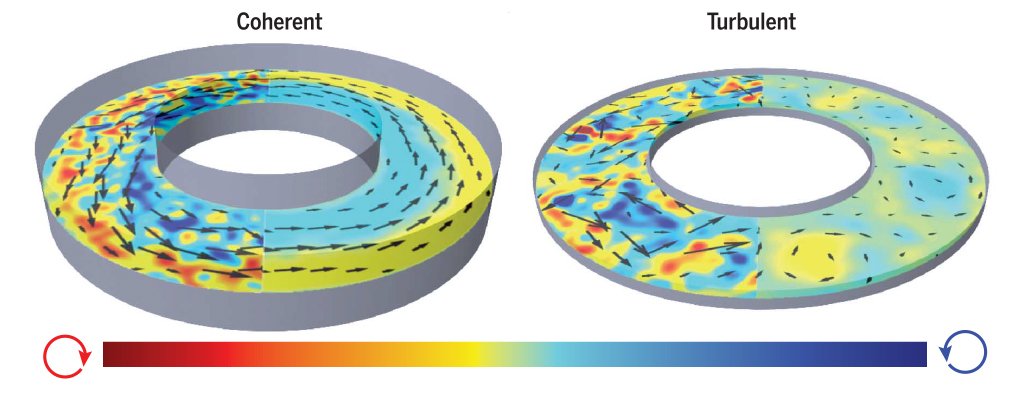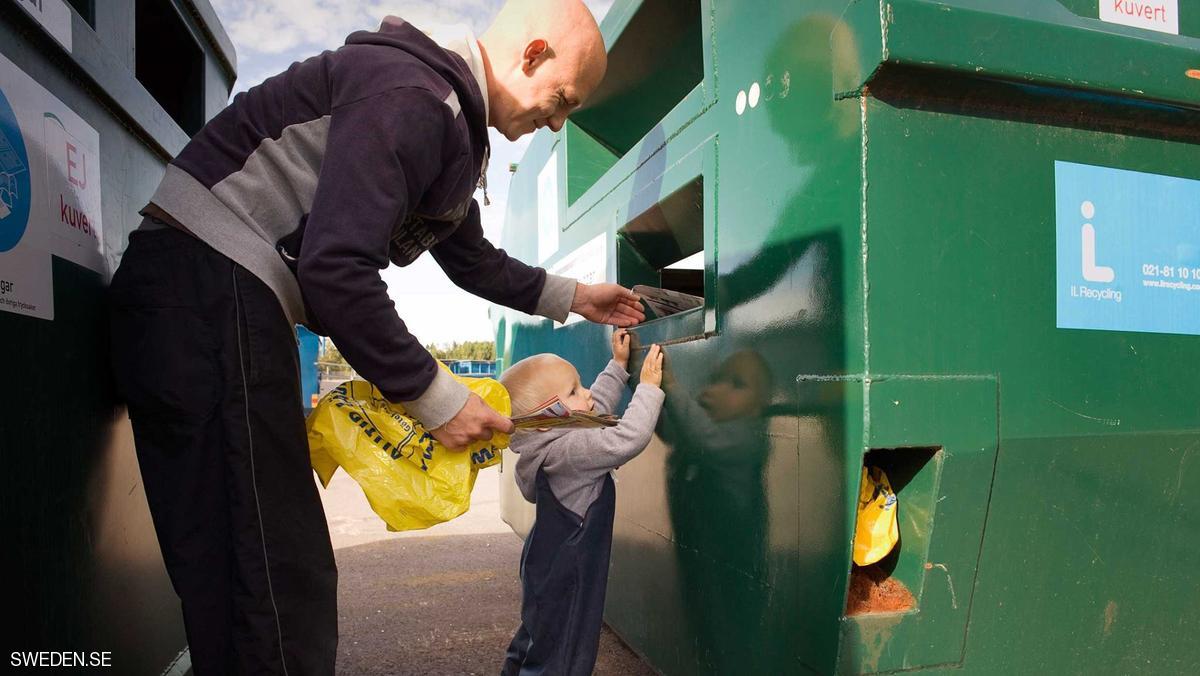
Moving a liquid from point A to point B typically requires either a sloping surface or a pump of some sort to apply pressure.
A new kind of material that is in early development requires neither,
instead relying on a squirming skeleton of microscopic fibres to move
it in a direction, opening the way for a class of fluid capable of
worming itself through a channel.
Researchers from Brandeis University in Massachusetts took a hint
from nature and investigated how the biomechanical properties of
materials called microtubules could be applied to a mixture to make it move in a single direction around a container.
Anybody who has watched a microscopic amoeba stretch out a gloopy arm to pull itself under the coverslip has seen microtubules in action.
Most complex cells, and even a few bacterial ones, contain a network of microtubule fibres collectively called a cytoskeleton, which is responsible for giving the cell its shape and transporting materials around as they twist, bend, shrink, and stretch.
These fibres are made up of a string of proteins called tubulin,
which spirals around on itself to form a cylinder about 25 nanometres
across.
In this particular case, the researchers used the microtubules found inside the nerves of a cow's brain.
On their own, the mass of fibres would be about as impressive as wet
cobwebs. But the researchers found they could turn a watery mixture of
cow microtubules into molecular motors by adding a couple of other
ingredients.
The first was kinesin, a protein which naturally attaches to the microtubule and 'walks' along its length in a molecular waddle.
Another component was the energy-carrying molecule adenosine triphosphate (ATP), which generally provides a kick of power whenever it donates one of its three phosphates to proteins such as kinesin.
Putting them together, the researchers found the kinesin connected a pair of microtubule strands like a rung on a ladder, and – when powered by the ATP – walked them in opposite directions.
Each kinesin that walked off the end of a fibre was soon replaced by
others connecting other fibres, creating a squirming mess of microscopic
worms.
Check out in the clip below how these writhing strings of protein slide against each other with help from the kinesin.
The interesting thing about this swirl of fibres was that it produced small whirlpools in the gel-like mixture.
This turbulence could be harnessed to push the fluid in the same direction simply by choosing the right shape for the container.
The researchers stuck to containers they could map mathematically,
such as discs and doughnut shaped 'toroids' like the one in the picture
up top, finding by picking the right the dimensions of the container the
messy churning of the fibres became a steady current in a single
direction.
While this only works in containers with precisely the right
dimensions, it does scale up, meaning liquids can be encouraged to flow
over a number of metres.
Of course once the ATP runs out of phosphate to hand over to the
kinesin, the flow grinds to a halt, which would make it unlikely for
large scale transport of liquids.
However, there could easily be a role for self-propelled gels in the future of mechanical engineering.
"From a technology perspective, self-pumping active fluids set the
stage for the engineering of soft self-organized machines that directly
transform chemical energy into mechanical work," the researchers suggest
in a summary of their paper.
Even without an application, this research provides insight into the dynamics of moving fluids inside our own cells.
Perhaps one day we'll be seeing 'wet' robotics powering our
cybernetic body parts with self-propelled fluids fed by our body's own
reserves of ATP.
This research was published in Science.













